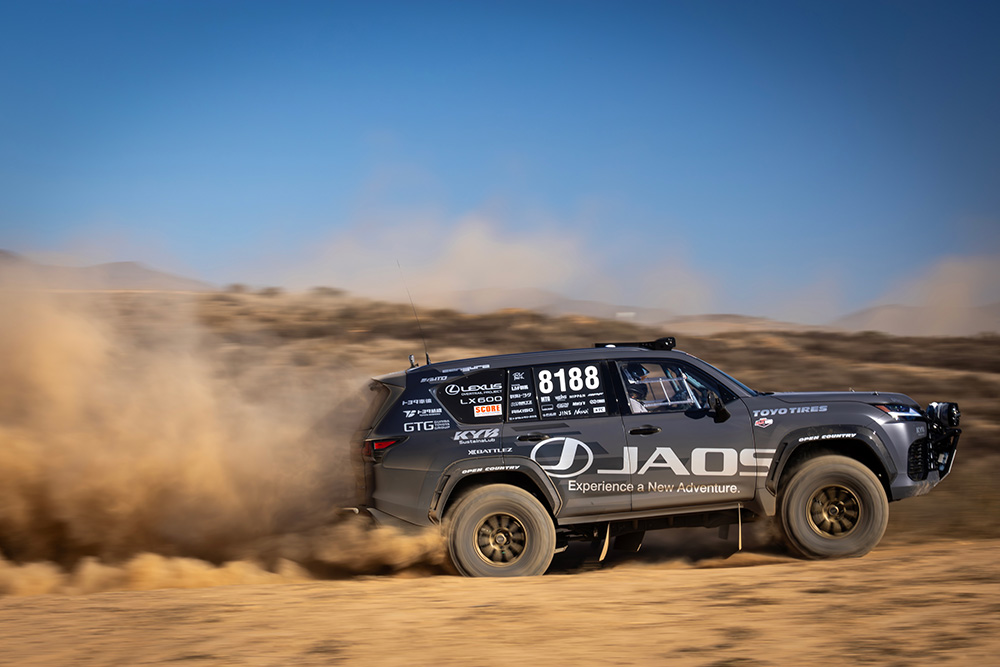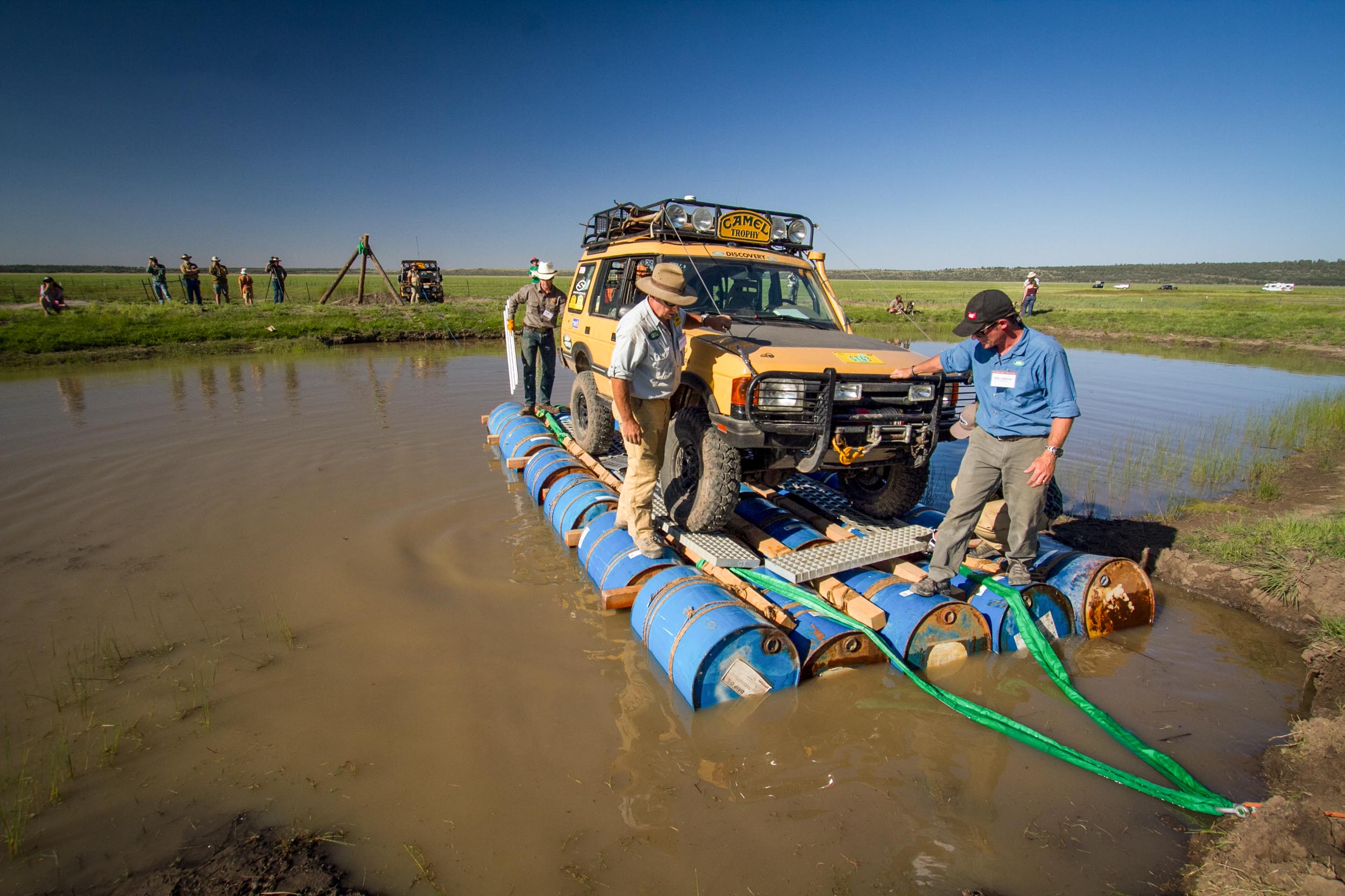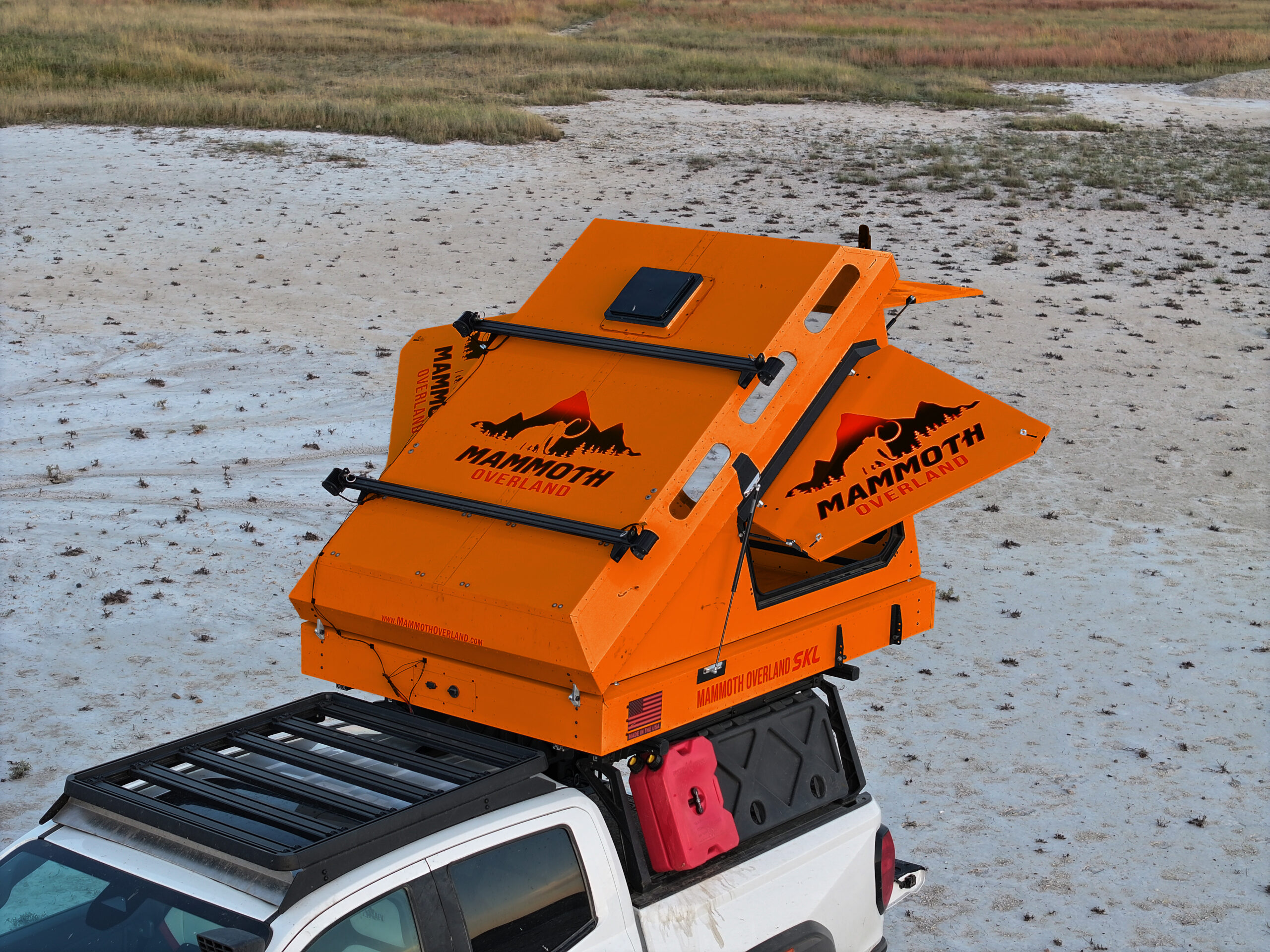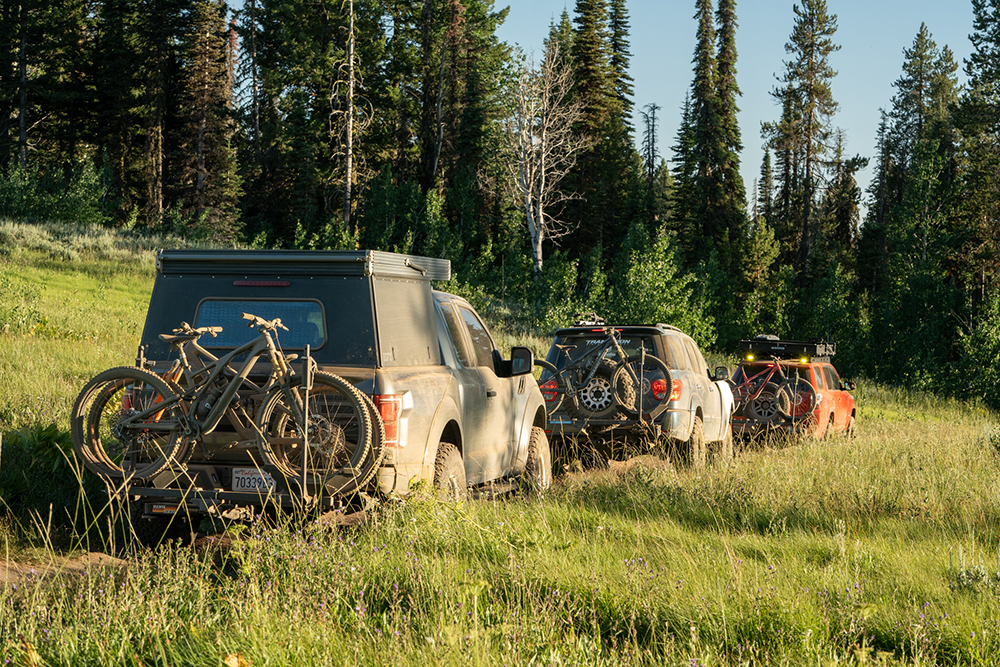
Defying Labels: The Story of RiG’d and its Ramblin’ Approach to Business.
RiG’d started in a Southern California apartment with a simple idea: build a better hitch-mounted spare-tire carrier that could haul a full-size spare, carry bikes, and mount essentials like a camp table, fuel, and recovery gear. Founder and CEO Luke Wronski recalls calling a friend to gut-check the concept. “I have this idea,” he said. “There are options out there, but nothing does everything I want.” The reply became a spark: “This is America. If you can do something better, do it.” So Luke, alongside co-founders Jason Denney and Ryan Richey did just that.
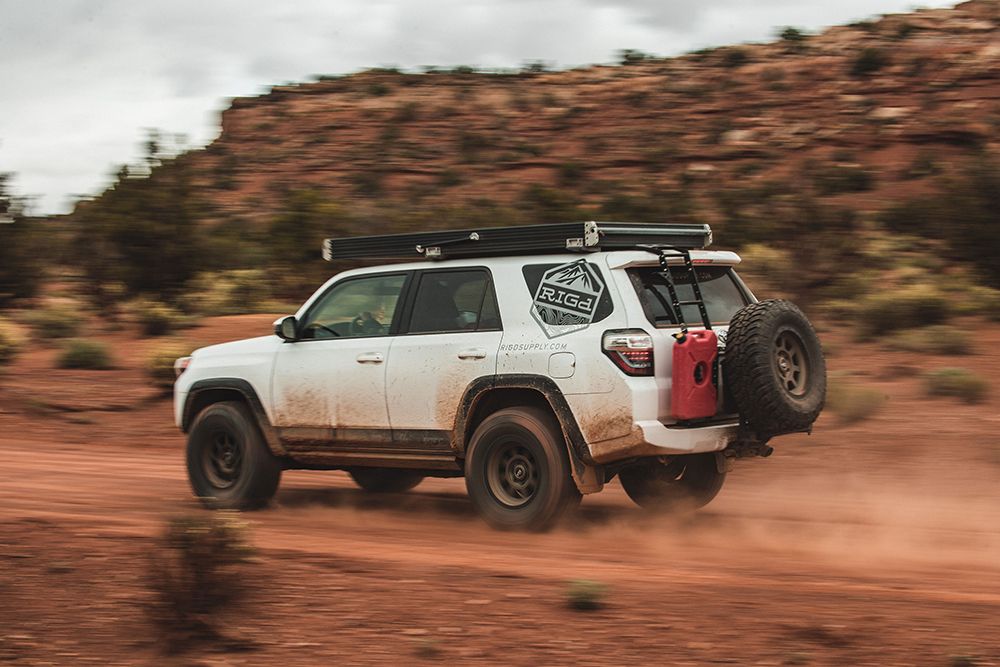
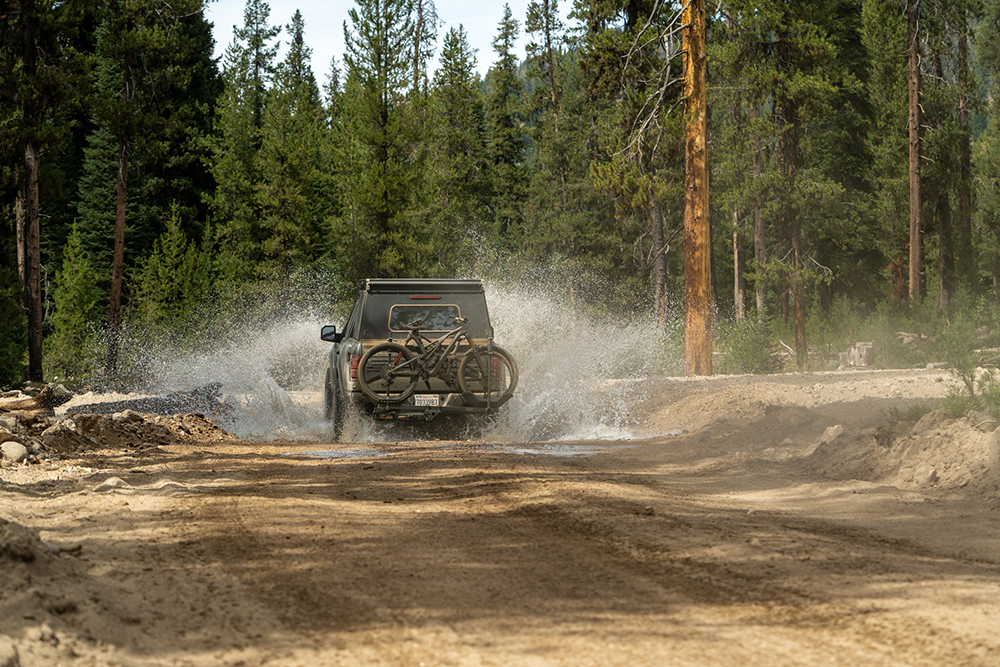
They napkin-sketched the first prototype, bolted it to a 4Runner, and drove across the country to unveil UltraSwing at Overland Expo East in 2018. Wronski had a five-month-old at home and no guaranteed income. They were all in.
As UltraSwing gained traction for its ability to carry a spare and bikes, a tougher question emerged: Which bike rack truly belonged on the back of an off-road rig? The prevailing industry method used dual arms to clamp tires—fine on smooth highways, sketchy when elevation and temperature radically change that initial tire PSI. RiG’d decided to tackle the bike rack itself.
READ MORE: Best Gear at Overland Expo East 2025
“Our mindset comes from race trucks,” says Eric Pyle, RiG’d’s Head of Engineering and a former lead at King Shocks. “In that world, you’re trying to control chaos—massive loads, vibration, and terrain hits. We apply the same logic to our rack designs.” Traditional racks are validated for occasional jolts. RiG’d designs for repeat abuse. Or, as Pyle puts it: “What if you’re always hitting stuff too fast?”
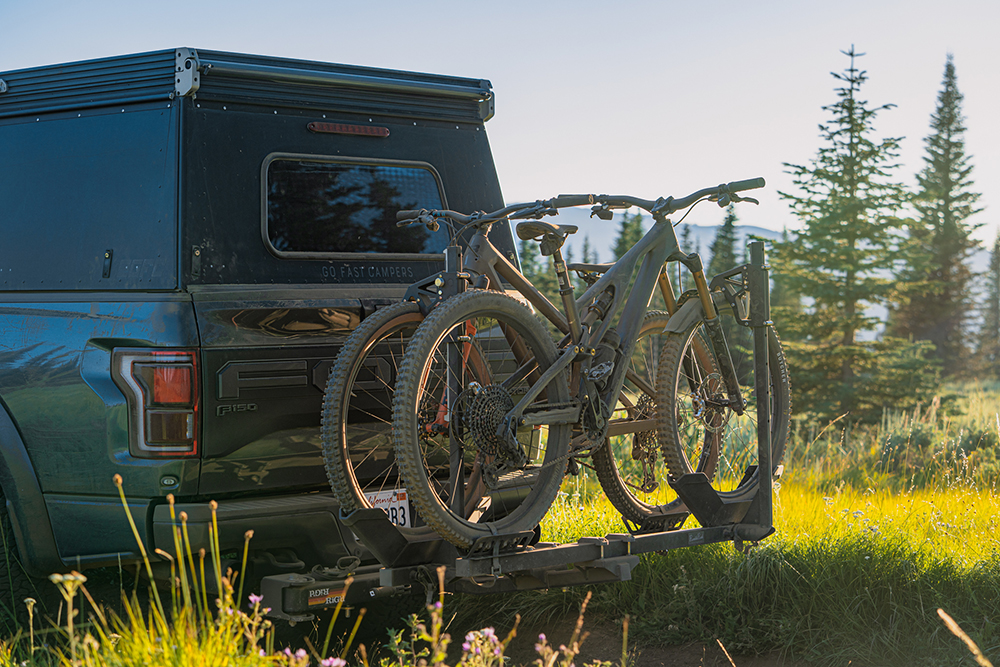
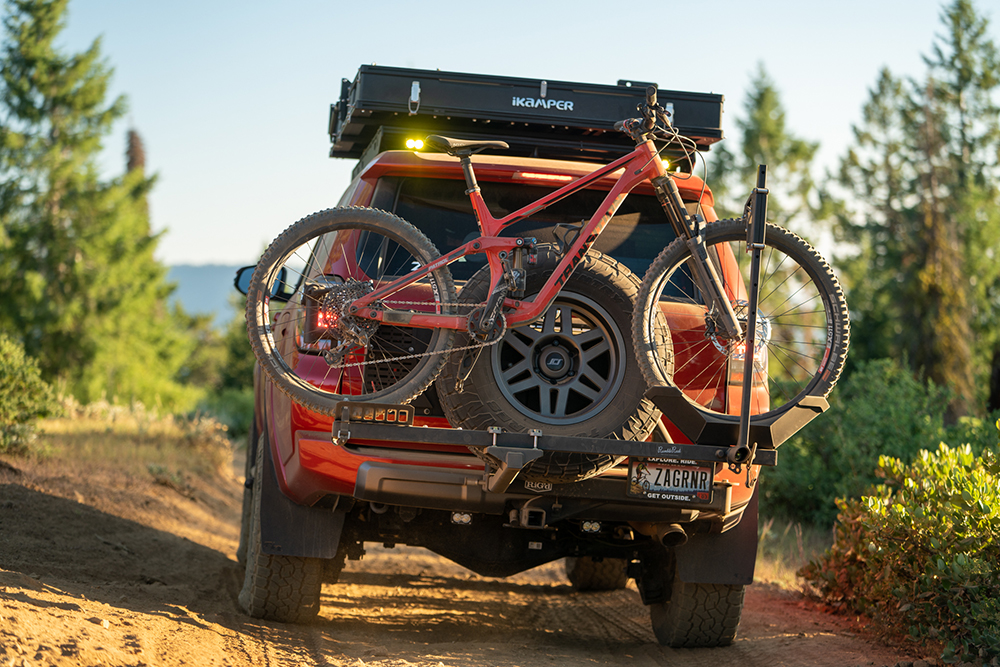
The answer is RambleRack, a bike rack designed around VertLock geometry. VertLock secures the bike by encapsulating the front wheel—decoupling safety from tire pressure while not creating any risk of damaging the fork as the other leading rack designs do.
“The industry chased tire pressure-based retention,” Wronski says. “But on real road trips, when tire pressure changes, you lose security. VertLock eliminates that variable.” Every component of RambleRack is serviceable; hardware is stout; materials are chosen to live a rough life. It’s definitely not your typical bike rack construction.
In the fall of 2024, RiG’d hit an inflection point. The U.S. contract manufacturing network supporting its products was faltering. Outsourcing overseas didn’t align with the brand’s values. The team chose the harder path: bring all fabrication in-house. It was a full-send sprint—creating new fixtures and process control, buying equipment and hiring—completed in roughly six months. “It was full-send or shut down,” Wronski recalls. “We had no money and no backup. But we pulled it off.”
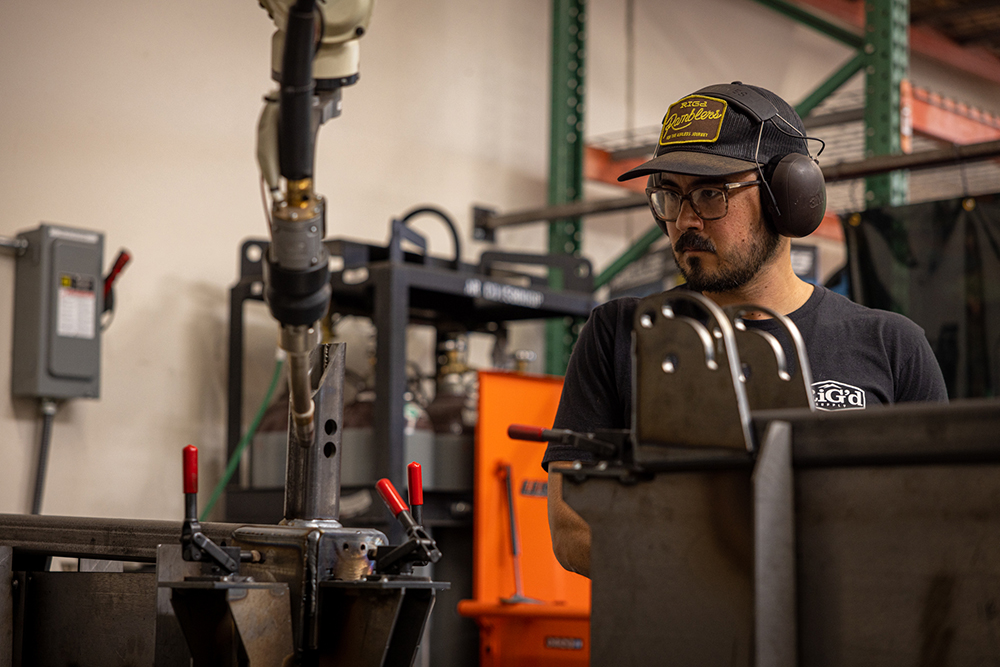
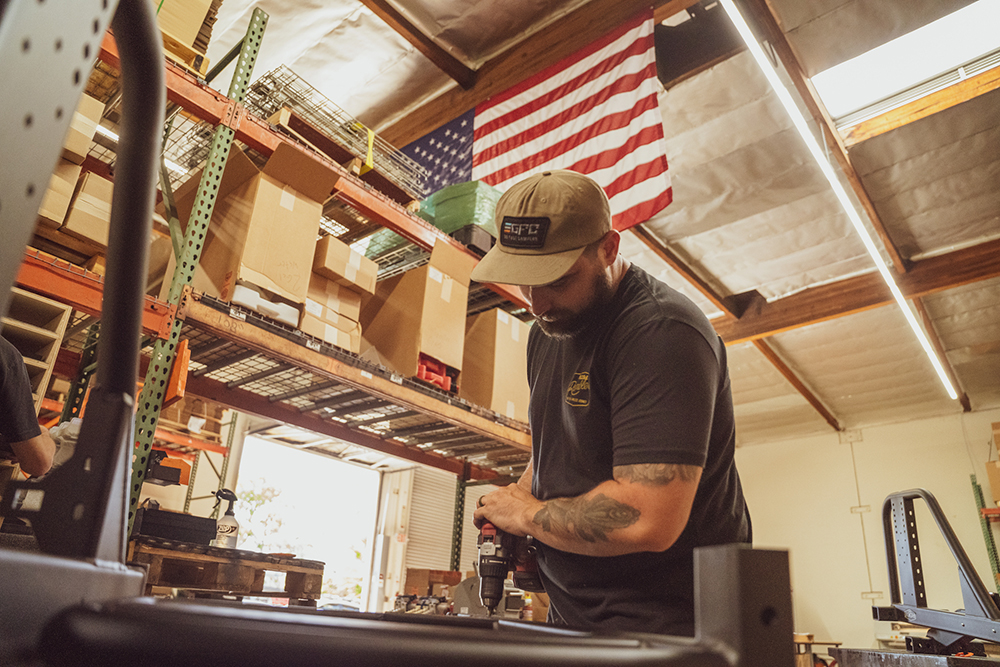
Today, RiG’d fabricates and assembles in Orange County, building jobs and skills. Through its partnerships with organizations like H.I.R.E., the company offers second-chance employment to formerly incarcerated individuals—proof that small manufacturers can create impact in their community that transcends our industry.
RiG’d isn’t run by investors; it’s run by riders and ramblers. Much of the team and community share a similar arc: once obsessed with riding and racing bikes, now equally drawn to the broader journey—family, camping, and exploring new zones on two wheels and four. “We’re a people-first company,” Wronski says. “Our stories are in the product.”
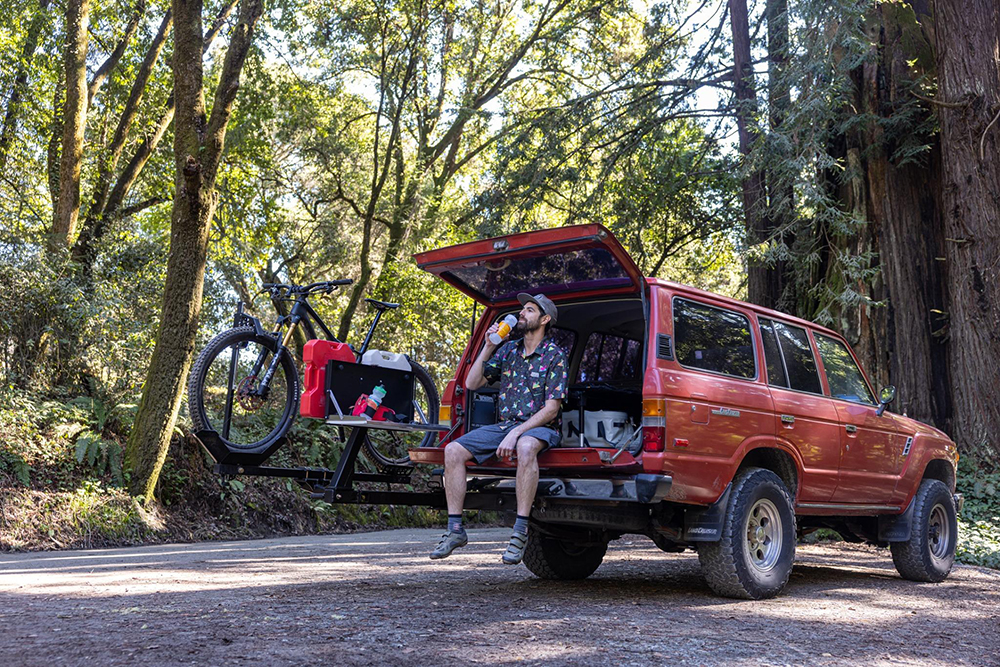
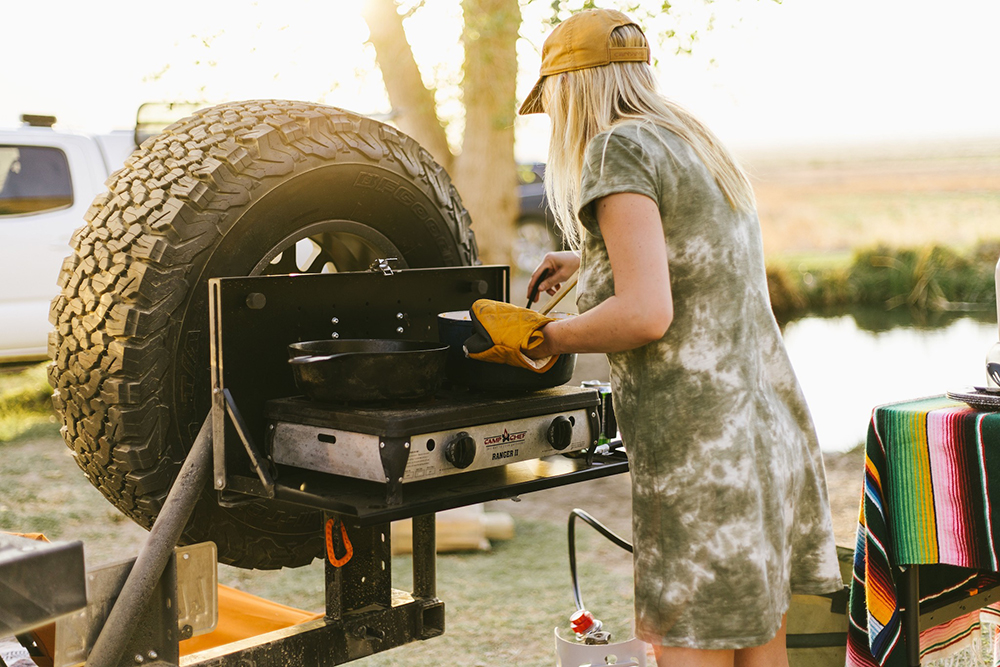
What’s next reflects that same conversation with customers. The new RambleSwing Pro brings swing-away functionality to users who don’t carry a spare tire, letting bike racks or cargo carriers clear tailgates and rear doors and use accessories like our camp tables, recovery gear and more. Looking ahead, RiG’d remains committed to building durable, honest gear—For the Aimless Journey and the people who live it.
